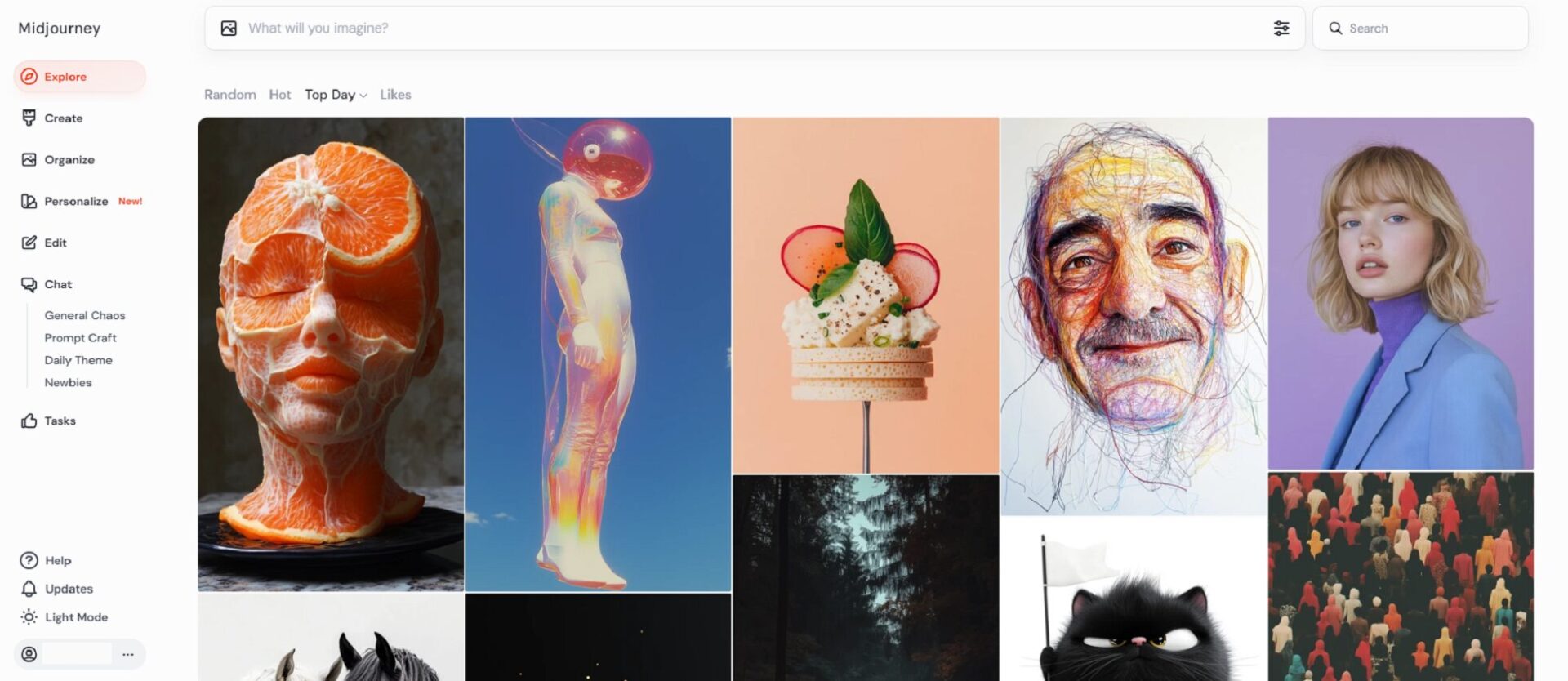It’s not surprising that many people have become interested in using artificial intelligence (AI) to get things done. More specifically, they wonder if AI personal assistant software could provide them with more free time. After all, most of us struggle — at least occasionally — with having too many tasks on our schedules and not enough time to accomplish them all.
Such dilemmas worsen when people realize that mundane responsibilities like scheduling meetings might take almost as much time as the duties that add more value to an organization. There are several types of AI helpers on the market built for these situations. Here’s a look at how the different kinds function.
1. Voice-Activated, Device-Based AI Assistants
AI personal assistant software associated with smart speakers like Amazon Echo, Google Home or Apple HomePod all work similarly with the help of advanced machine learning, far-field microphones and cloud processing.
Firstly, the microphone can identify someone’s voice from several feet away. From there, signal processing capabilities enable it to remove unnecessary noise from the audio source and figure out if the talking person uttered the product’s wake word or phrase. If it does, the speaker sends the audio signal to speech recognition software residing in the cloud.
Once the person commands a smart speaker to do something, cloud tools convert the sounds to a text-based format. They also analyze the characteristics of the person’s voice and whether they said words the smart speaker understands. Natural language processing (NLP) tools then try to classify the words by putting them into a meaningful context. Finally, the cloud system sends an output signal — the speaker’s audible response — based on the previous processing and the conclusions drawn from it.
That explanation probably makes it seem that this type of AI personal assistant software takes several minutes to carry out a command. It actually tackles them in a few seconds. If the gadget doesn’t understand you, it’ll say so within the same timeframe, too.
Voice-activated AI assistants can do everything from checking the status of a package to booking you an Uber. However, what some people didn’t realize until recently is that humans helped train those assistants. They listened to recordings of individuals interacting with the speakers and provided feedback to improve the devices’ performance — especially when processing words that sound similar.
2. Services That Admit to Blending Human Talents With AI
As company leaders increasingly recognized the marketplace demand for AI personal assistant software, many wondered if they could get better results overall and let bots do more advanced tasks by letting humans help.
Some companies admitted from the start that humans helped the AI personal assistant software work better than it otherwise could. However, those attempts proved short-lived.
Facebook had a human-assisted AI assistant called M that it initially made available to a couple of thousand users in California. Company representatives indicated an intention to bring it to a wider audience. However, that never happened. Facebook shut down the service less than three years after launching it.
Fin worked via a similar concept, but it, too, had a short history. Reviewers complained it was extremely expensive. Plus, many people suspected that the AI component did very little of the work, and human assistants accomplished most of the tasks.
The companies behind those products did not give specifics about how the AI components worked. However, they heavily promoted the idea that a human-algorithm hybrid product could take AI personal assistant software to the next level. That belief didn’t come to pass, but as AI products get more advanced, the amount that humans must assist them will likely reduce.
3. Products That Don’t Mention Human Involvement
You can also find AI personal assistant software that promises to save people time by scheduling appointments and meetings. For example, Schedule.ly supplements a person’s email account and handles the back-and-forth communications that sort out the times and dates that attendees can meet.
The websites for those products don’t mention that real people work behind the scenes to help those AI assistants. However, an investigation containing perspectives from people who worked at companies that sold such products told a different story.
Workers spent long hours engaged in mind-numbing tasks such as highlighting texts or annotating messages. Many got hired as AI trainers, but the companies they worked for typically did not mention humans helping the software while appealing to new customers.
Most people know that AI personal assistant software needs a varying level of human training before it works correctly. However, the common assumption is that humans only get involved at the beginning of the process. These examples show why that’s not usually the case — at least not yet.
4. Chatbots
You can also place chatbots under the AI personal assistant software umbrella. However, they have a more limited set of capabilities than either device-based products or human-supplemented AI.
For example, Citibank Singapore introduced a Facebook Messenger chatbot to help people check their account balances and get details about banking transactions. Moreover, Jefferson Health, which serves patients in Pennsylvania and New Jersey, deployed an appointment-scheduling chatbot that also screened people for COVID-19.
UPS created a voice-and-text-responsive chatbot to help users track parcels. They could also use it to provide delivery instructions or find the closest package facilities.
Chatbots work best with simple questions that have short answers. Companies often program them to respond to the most repetitive questions, such as those about opening hours or return policies. Many of them also prompt people to interact with the software in particular ways. For example, a chatbot might ask, “Do you need information about an existing order? Type ‘Yes’ or ‘No.’”
Depending on what a person types, the chatbot responds with preprogrammed answers. If a user inputs something that a human did not design the bot to handle, it’ll say something like, “Sorry, I don’t understand.” Some chatbots also allow users to connect directly to human workers to ask more complex questions.
Maintain Accurate Expectations About AI Personal Assistant Software
This overview covers the main types of AI personal assistant software available now. If you hoped for a solution that lets you assign your most arduous tasks to computers and get them accomplished with no human involvement, that possibility is a bit too far-fetched for now.
However, if you accept that reality and still want help with specific tasks, AI can pitch in — often relying on humans to get the best results. That’s the state of things for now, but as artificial intelligence gets more advanced through human feedback and training, who knows what the future might hold?
Recent Stories
Follow Us On
Get the latest tech stories and news in seconds!
Sign up for our newsletter below to receive updates about technology trends




